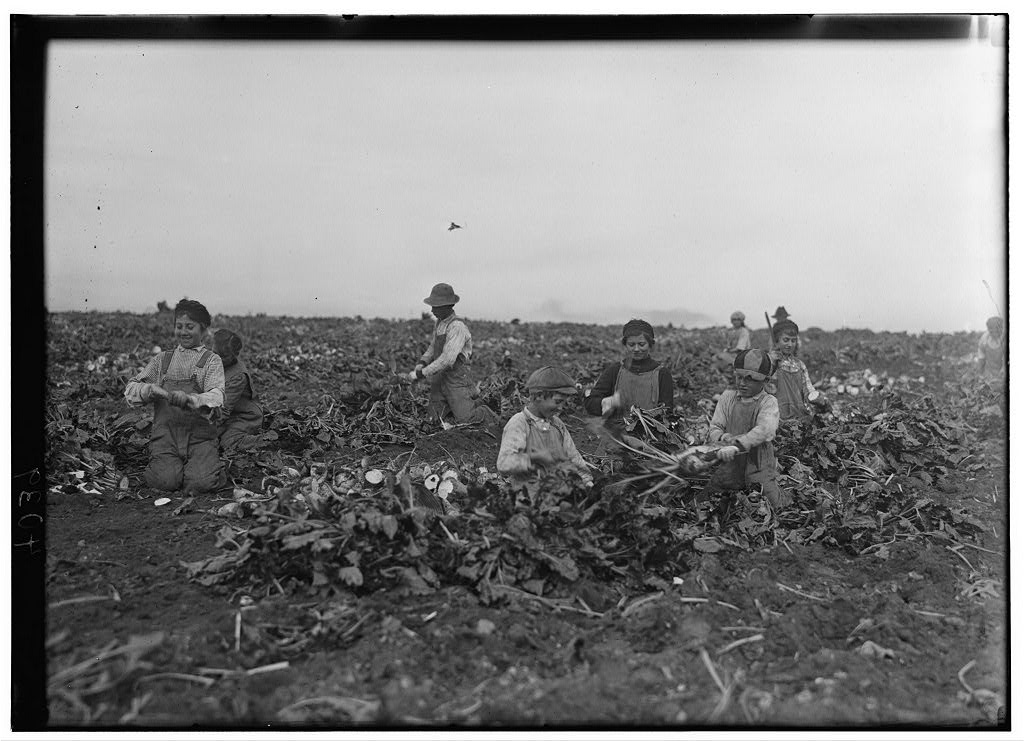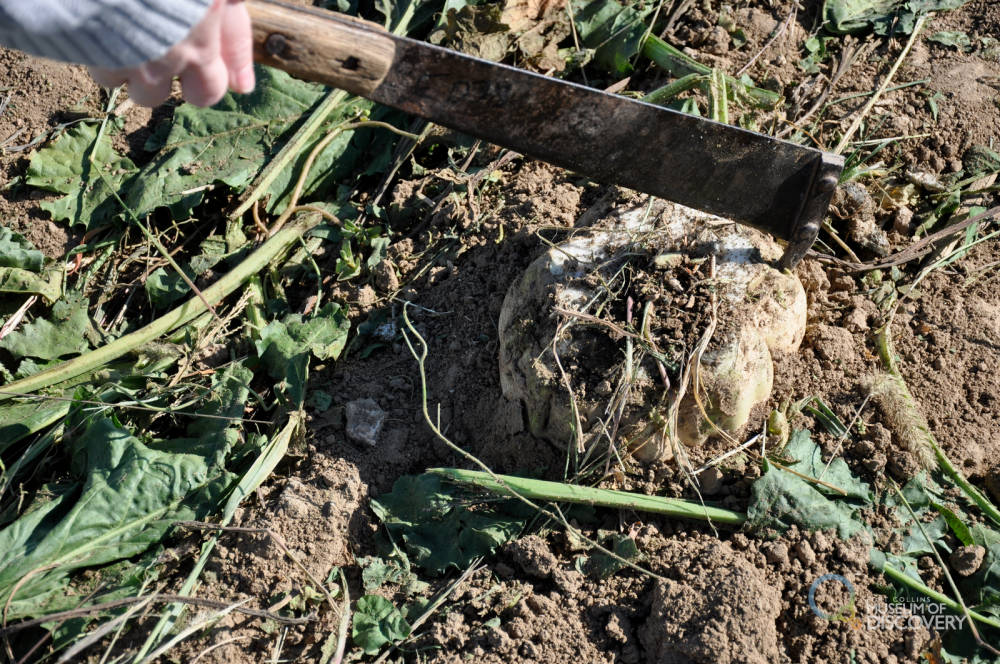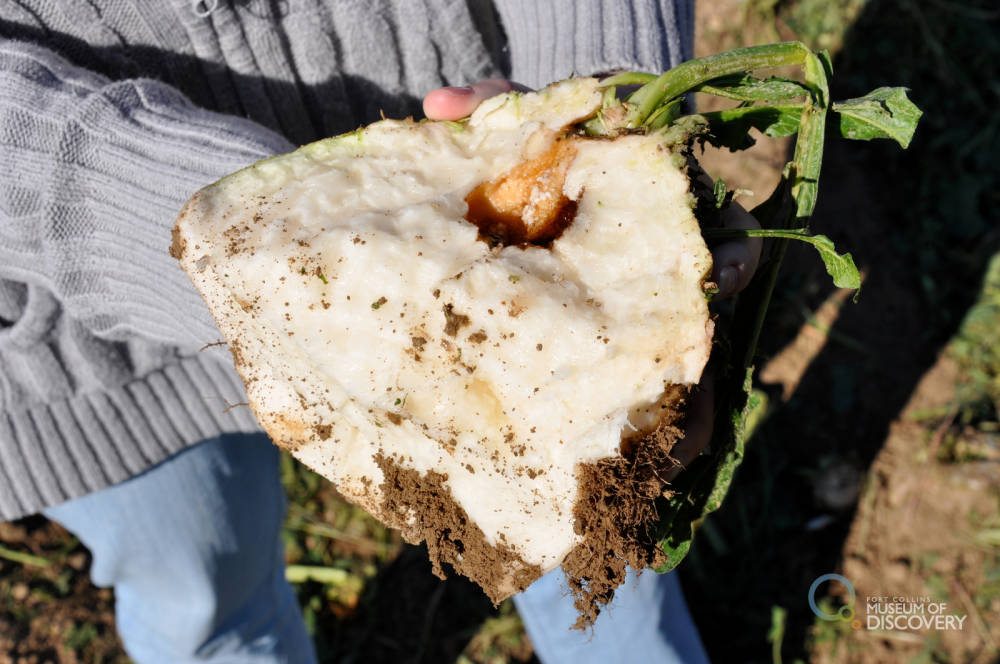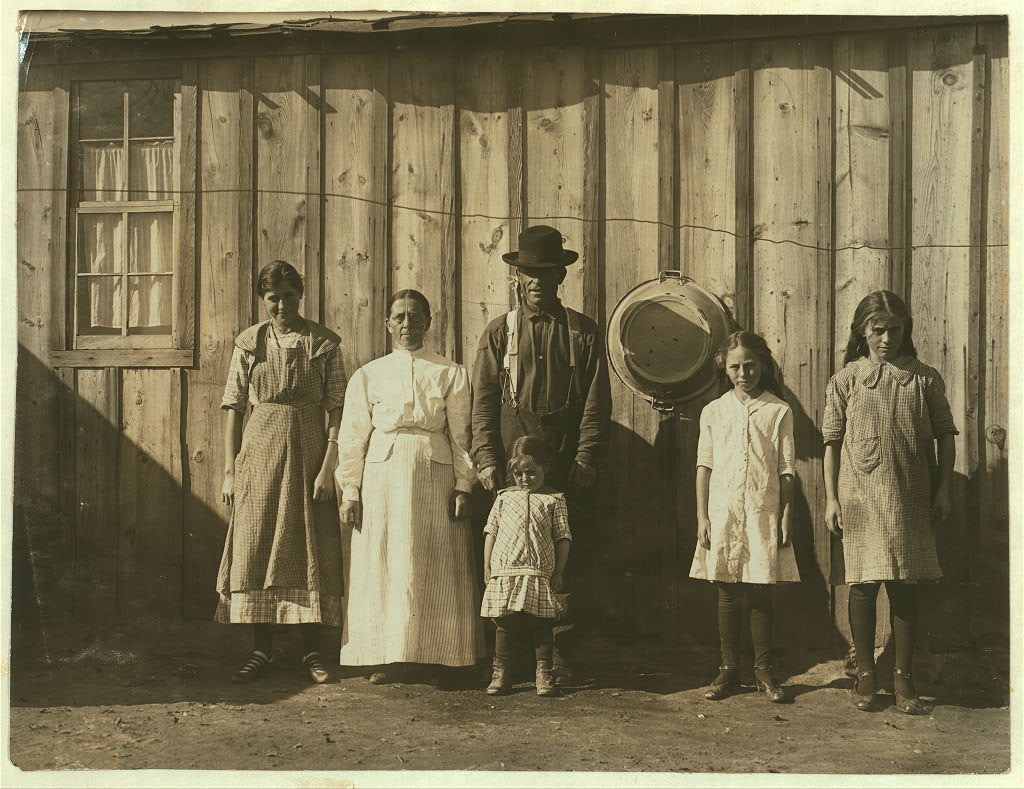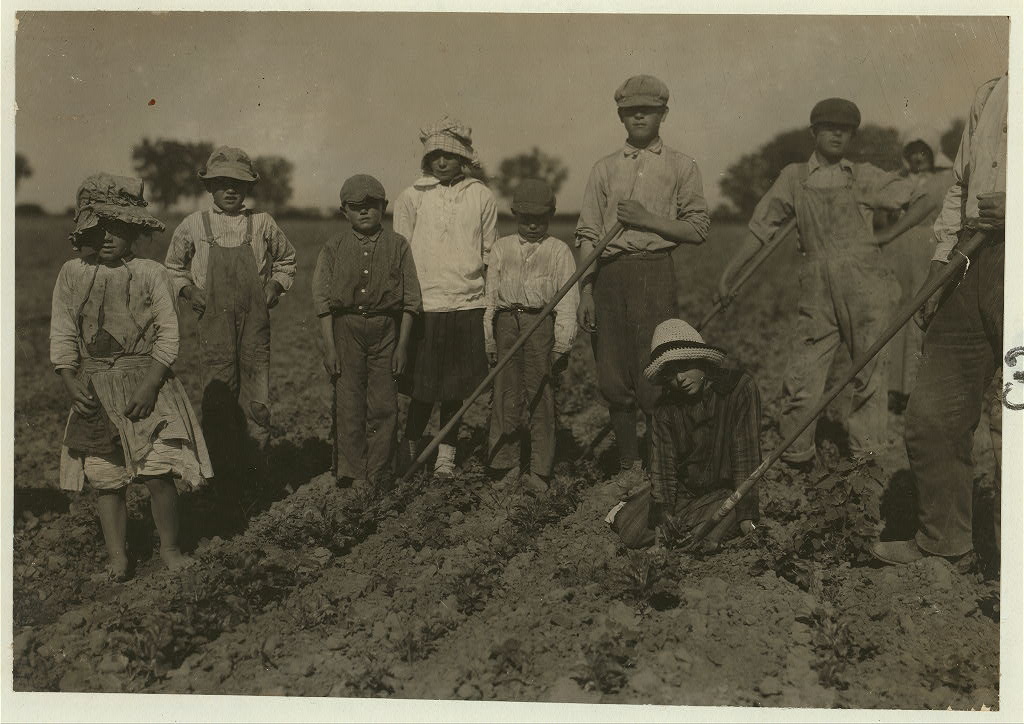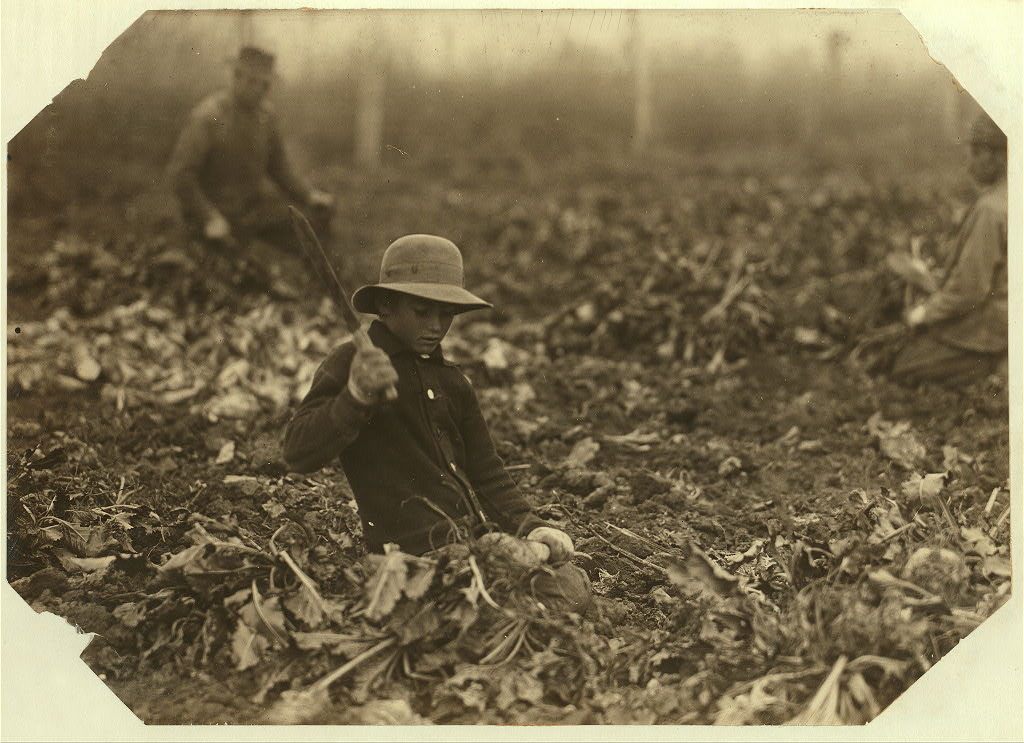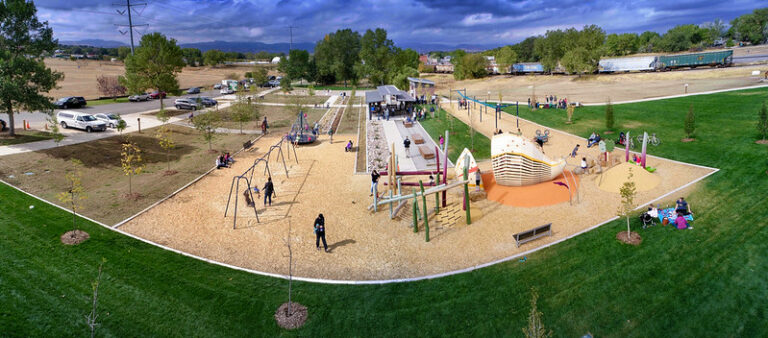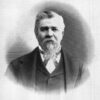By Heidi Fuhrman, Heritage Interpreter
”The right of little ones to their day of happy childhood should be as fundamental as the adults’ right to liberty and free speech.
Daily SentinelGrand Junction, Aug 10, 1924
I grew up in the Cache la Poudre River National Heritage Area. A childhood full of popsicles, books, hiking, bare feet in the sunshine. I loved growing up here where mountains, prairie, and river collide.
I’m also the descendant of Germans from Russia—a group of German immigrants that found their way from to the U.S. in the early 1900s after a lengthy stay in Russia. They settled across North Dakota, Montana (my ancestors), Nebraska, and Colorado—including hundreds of families to the communities along the Poudre River. Separated by time, the story of these children is a story of a vastly different childhood on the banks of the same river. Before popsicles. Before child labor laws.
Sugar Beets in Colorado
Their story starts with the sugar beet. The word “beet” may conjure up images of the dark purple vegetable that (to me) tastes of, well, dirt. The sugar beet is different. Though from the same family, sugar beets are light brown and larger than their purple sibling. Like sugarcane, sugar beets can be refined into white sugar—in fact, you’ve probably eaten it without realizing, 55% of the sugar in the United States is beet sugar!
First cultivated in Germany in the 1700s, scientists at Colorado Agricultural College (now Colorado State University), discovered in the 1890s that sugar beets thrived in Colorado’s climate. While sugar beets require more consistent water than Colorado precipitation provides, farmers along the Poudre had spent decades developing a vast irrigation network of canals, ditches, and reservoirs using the river’s water. They’d even established a set of usage regulations that had become the Colorado Water Laws.
In 1901 the Great Western (GW) Sugar Company was founded, building sugar factories—where beets are processed into white sugar—in Loveland (1901), Greeley (1902), Windsor and Fort Collins (1903), Eaton (1905), and Fort Morgan (1906). With climate, irrigation, and infrastructure combined, the Cache la Poudre River was poised for the beet industry. One key piece was missing—labor.
A Labor-Intensive Crop
Sugar beets required vast amounts of labor, with “beet campaigns” beginning as early as March and stretching through November. Each campaign followed the same process:
- Planting: Single germ beet seeds were not developed until the 1950s, so farmers planted wads of seeds.
- Thinning: In a few weeks, a patch of beet plants emerged. Plants would need to quickly be thinned to one plant every fourteen inches, a process done by hand, the laborers crawling along the rows. (Around 5-6 weeks)
- First Hoeing: As the beets grew the rows would need to be hoed, again by hand, a process that involved both removing weeds and piling dirt around the tops of emerging beets.
- Second Hoeing: Once the first hoeing was finished on the last field it was time to start the second hoeing on the first field. (Hoeing season lasted around 5-6 weeks)
- Rest: Around August beet laborers had a few weeks break as the beets finished growing.
- Harvest: Beet harvest began in mid-October and stretched through November. The cold end of the growing season increased the sugar content. Harvest was grueling. Beets were pulled out of the ground by horse-drawn machinery, but the rest was done by hand. The dirt had to be knocked off, then beets had to be topped—the leafy top cut off with a “beet knife,” a long knife with a hook on the end. Beets were then loaded by hand into wagons and taken to the closest “beet dump” for transport to a factory. Beet tops were gathered and used for livestock feed. (Around 6-7 weeks).
Since beets required hard, constant, hands-on labor, farmers on the Poudre looked elsewhere for a laborers. They found it in Germans living in Russia.
The First Beet Laborers: Germans from Russia
Catherine the Great had first invited Germans to settle in western Russia in 1763. For 100 years they lived in isolated communities, retaining their German language, religion, and culture. Survival in Russia required hard work, resulting in a strong work ethic where no one—including children—was exempt from labor. Each family member had to contribute to survival. By the 1890s, with persecution increasing in Russia, many Germans began looking for a new home. When boosters from Colorado’s sugar fields arrived seeking strong laborers with experience in beet fields, these Germans found their ticket (often literally) out. Between 1900-1920, thousands of Germans in Russia, sometimes whole villages, would immigrate to the United States and Colorado’s beet fields.
“A case of ‘Economic Need.’ Jacob Roomel [i.e., Rommel?] and his family live in this roomy shack, well-furnished, with a good range, organ, etc. They own a good home in Ft. Collins, but late in April they moved out here, taking contract for nearly 40 acres of beets, working their 9 and 10 yr. old girls hard at piling and topping (altho[ugh] they are not rugged) and they will not return until November.”
Image Credit: Lewis Hine. National Child Labor Committee Collection. Library of Congress.
Child Labor in Colorado’s Beet Fields
Colorado’s sugar industry was a hierarchy with factories at the top and laborers at the bottom. A factory contracted with a farm owner to raise a certain acreage of beets per year. The farmer then contracted with a laborer who agreed to care for a smaller number of acres. Often a father would agree to 20-60 acres, but the whole family was needed to do the labor. Since Germans from Russia arrived in the U.S. impoverished and too late to homestead, they started at the bottom. Because beets require lots of bending—stoop labor—factories, farmers, and fathers though children were best suited to much of the work. At least 50% of beet laborers before 1930 were children. As part of a larger investigation into child labor, in 1916 and 1921 the United States Department of Labor conducted a study of children working in the Larimer and Weld County sugar beet fields. What they found shocked people even a century ago.
- In 1920, at least 1,073 children, 6-16 years old, worked in beet fields in Weld & Larimer County. 723 were children of Germans from Russia. 882 were under 14 years old.
- The average age a child started work in the beet fields was 7 years old, although investigators found children as young as 4 working.
- 85% of the children worked 9-14 or more hours each day thinning, hoeing, or harvesting beets.
- The average acreage cared for by a child was 5.5 acres. The average for adults, 7.9.
- During harvest season, the average weight handled by a child over the course of the day was 12-15 tons.
- Because the labor of mothers was also often needed, babies and toddlers were either brought and left on the edges of fields or left at home under the care of a sibling (usually under 7 years). There were at least three reports of toddlers wandering away and drowning in nearby irrigation ditches.
“Three adults and six children from seven years to twelve years hard at work on a sugar beet farm near Greeley Colorado. The father said: “The children can thin the beets better than grown ups. We all work fourteen hours a day at times because when the beets is ready they has to be done. About twelve weeks is about all the children can work on thinning and topping. Some of them hoe a little. See Hine Report, Colorado Bee[t] Workers, July, 1915.”
Location: [Greeley vicinity, Colorado].
Image Credit: Lewis Hine. National Child Labor Committee Collection. Library of Congress.
Perhaps most striking were the recorded quotes from children and parents.
- “Fall is the meanest time. Women are wet up too their waists and have ice in their laps and on their underwear. Women and children have rheumatism. Jacob [thirteen years old] is big and strong but already he feels rheumatism, so he has to kneel while topping. Can’t stand all day.”—Colorado Father
- “Why sure, we get up early in the morning and have breakfast by lamplight and went out to work and it was cold that year and snowed and we had to wear our felt boots out in the field and ice freeze around you and oh, how we … work.” –Anna Klein, Fort Collins child
- “The children cry from fatigue.” … “The children get so tired that they don’t want to eat and go right to bed.” –Colorado Mothers
- “Your back gets awfully tired from thinning. Sometimes you get such headaches you can’t hardly stand it.” –Colorado Child
Investigators also looked at the impact on schooling. Although laws required children attend school until 14 years or 8th Grade, they were not enforced in beet counties. Because beet season overlapped spring and fall, researchers found that children of contract laborers were missing a quarter of the school year, many children were behind multiple grades. The problem was so rampant in Larimer County that many schools had begun offering “beet vacations” and extra school during the summer rest period.
“12 year old Lahnert boy, near Ft. Collins, Colo., topping beets. The father, mother, and two boys (9 and 12 yrs.) expect to make $700 in about 2 months time in the beet work. “The boys can keep up with me all right, and all day long,” the father said. Begin at 6 A.M. and work until 6 P.M. with hour off at noon. Several smaller children not work. See Hine Report for studies of amount of work done by these and other children. Oct. 30/15.”
Location: Ft. Collins [vicinity], Colorado
Image Credit: Lewis Hine. National Child Labor Committee Collection. Library of Congress.
Investigating health, they also discovered that many children were suffering back deformities from the constant stooping and lifting required in beet labor. And housing, investigators discovered, was also poor. While many families owned small, well-kept homes in immigrant neighborhoods in town, the long days of beet season required they live in temporary, owner provided housing by the beet field, usually known as “beet shacks.” Shack was the right word. Leaks, bedbugs, lack of insulation or waterproofing was the norm not the exception. Some families told reporters that their housing was, “nothing but a dog house . . . not fit for chickens to live in.” And they were right. Many families also lacked access to clean water, at least three were drinking water straight from irrigation ditches—untreated water from the Poudre.
The Public Response
Unsurprisingly the wealthier, established citizens of Fort Collins & Greeley did not like these reports. One Fort Collins paper wrote, “the child labor agitators are again abroad in the land spreading false propaganda concerning a matter of which they known nothing,” (1924). Another, “Washington has been induced to believe that child labor conditions in the beet fields of Colorado are terrible. . . The work is light and much better for children than running in the streets of towns and cities,” (1923). Their response is unsurprising given that by 1923 the sugar industry was so valuable it was known as “white gold” and Colorado was the leading producer of sugar in the nation (producing 27%, followed by California at 15%).
But these reports and others, combined with photographs taken by Lewis Hine (a famous child labor photographer), including ones taken of child laborers in Fort Collins & Greeley beet fields, had an impact. In 1924, exactly 100 years ago, with over 2 million children under fourteen working across the U.S., an amendment to the constitution was approved by Congress that would have prohibited child labor. It was ratified by 28 states, including Colorado, but fell short of the three-quarter ratification necessary to become part of the Constitution.
The work was hard, but the pay helped Germans from Russia climb the economic ladder. The investigation found the value of one child’s work in the beet fields was roughly $200—roughly $3,000 today. By the 1930s, most Germans from Russia were farm owners themselves and hiring their own laborers—usually Hispanic families who have their own stories of Colorado’s beet fields.
“Two families were represented here, topping beets on farm near Ft. Collins, Colo. Out of 12 workers, 7 were children, aged 7- 8- 9- 11- 12- 13- 14- years. This is an exceptional group. Although there are thousands of children under 14 yrs. in this state working beets, yet the actual percentage of the total number of beet workers is small — many farms work no children and many have only one or two. If children under 14 yrs. were eliminated from this work during school session, their places would be filled easily by older ones, and the economic loss felt very little in most cases. See Hine Report for actual counts of adults and children in the various beet districts of Colo.”
Location: Ft. Collins [vicinity], Colorado
Image Credit: Lewis Hine. National Child Labor Committee Collection. Library of Congress.
Reflections
Today in Fort Collins, Sugar Beet Park now sits along Vine Drive, nestled in the neighborhood of Andersonville, once the segregated neighborhood of sugar laborers—first Germans from Russia and later Hispanic families. The park’s slide resembles a giant sugar beet, it’s top cut off, perhaps a nod to the work of topping beets. To me, the beet pays homage to the hundreds of children who once called this place home, spending their days in backbreaking beet work so their ancestors—some of whom laugh as they play here—could have a different childhood. Today, an estimated 500,000 people in Larimer and Weld counties are the descendants of these children of Germans from Russia.
Arbeit macht das Leben süss. Work makes life sweet.
The phrase was often spoken in the homes of Germans from Russia. In a way, their work has rendered my life, our children’s lives, sweeter.
Visit It
Sugar Beet Park is located at Vine Dr. & 9th Street in Fort Collins. It features a playground, gardens, art installations, and interpretation. Perhaps visit it with the kiddos in your life, the next generation of children along the Poudre!
References
“Absurdities of Child Labor Law Indicated.” Fort Collins Coloradoan. November 15, 1921. p.5.
“Bill To Prohibit Child Labor In Beets To Be Talked Over.” Fort Collins Coloradoan. October 26, 1921. p.1.
“Child Labor Bill Beaten.” Fort Collins Express. March 25, 1923. p.2.
“Children In The Beet Fields.” Fort Collins Coloradoan. March 18, 1924. p.2.
Hine, Lewis. “Child Labor in Sugar-Beet Fields.” The Child Labor Bulletin [National Child Labor Committee], v. 4, 1916.
Hine, Lewis. National Child Labor Committee Collection. Photograph Collection. Library of Congress, Washington D.C.
“Larimer People Refuse To Support Club Women’s Measure on Child Labor.” Fort Collins Coloradoan. October 28, 1921. p.1.
Silbernagel, Bob. “Child labor and migrant living conditions were a major concern 100 years ago.” The Daily Sentinel [Grand Junction, CO], June 9, 2024.
Thomas, Adam. Work Renders Life Sweet: Germans From Russia In Fort Collins, 1900-200. Planning Department City of Fort Collins, 2003.
U.S. Department of Labor and Children’s Bureau. Child Labor and the Work of Mothers in the Beet Fields of Colorado and Michigan. Washington D.C., 1923.
“U.S. Labor Department On Child Labor In Beets.” Fort Collins Express. March 4, 1923. p.2.

